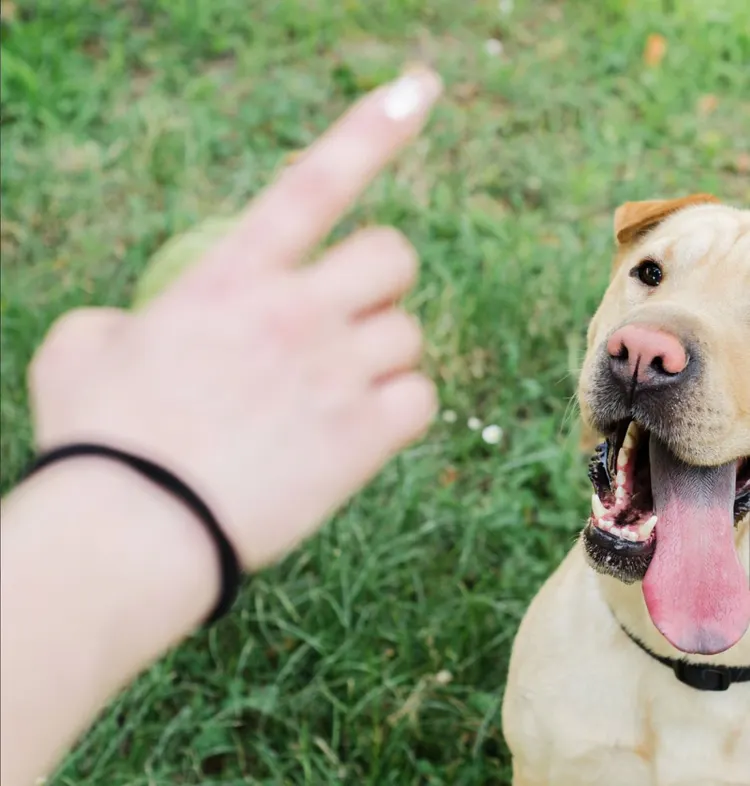Imagine dropping off your pup at a professional trainer’s facility and picking them up days or weeks later with polished manners. Sounds tempting, right? For many dog owners, the idea of fast-tracked training is appealing, especially when time constraints or behavioral issues make regular sessions challenging. This is where board and train programs come into play. But, is it the right choice for every dog? And if you’re an eco-conscious pet owner, how can you find a facility that aligns with your sustainable values? Let’s explore everything you need to know about board-and-train programs, including their benefits, drawbacks, and eco-friendly options.
What Is Board and Train Dog Training?
A board and train program is a comprehensive dog training service where you leave your dog at a professional trainer’s facility for a specified period—usually ranging from a few days to several weeks. During this time, your dog receives intensive training tailored to their needs.
How It Works:
- Dogs live on-site with professional trainers who work on specific goals.
- The training can cover basic obedience (sit, stay, heel) or more complex behavior modification for issues like aggression, anxiety, or reactivity.
- Programs are highly individualized. The trainer evaluates the dog’s temperament and behavior and develops a customized training plan.
- These facilities often provide a distraction-free environment, allowing dogs to focus solely on learning without the usual triggers they might face at home.
Typical Training Focus:
Board-and-train programs generally focus on areas such as:
- Basic obedience: Commands like sit, stay, recall, and leash manners.
- Behavior modification: Tackling complex issues like separation anxiety, resource guarding, or aggressive tendencies.
- Socialization: For puppies or dogs that need help interacting with other dogs and people.
- Specific challenges: For dogs with specialized needs, like crate training or overcoming fear-based behaviors.
Who Benefits from a Board and Train Program?
Board and train programs aren’t a one-size-fits-all solution. Understanding who stands to benefit the most can help you decide if it’s the right approach for your pup.
Ideal Candidates:
- Busy Owners: If you’re a busy pet owner juggling work, family, and other commitments, board and train programs can offer a way to ensure your dog gets the training they need without requiring hours of your personal time.
- Dogs with Behavioral Issues: Dogs with more severe issues like aggression, fearfulness, or anxiety often benefit from intensive training under the guidance of an experienced professional. These dogs may require more consistent handling and structured environments than typical at-home training can provide.
- Puppies: Early puppy training can set a strong foundation for good behavior throughout your dog’s life. Board and train programs can fast-track socialization and teach important skills while ensuring puppies get early exposure to various stimuli in a controlled setting.
- Owners Seeking Consistent Routines: A board and train program can establish a consistent foundation for training, which can be particularly beneficial for owners who might struggle with creating and enforcing consistent rules at home.

The Pros and Cons of Board and Train
As with any training option, board-and-train programs have both advantages and disadvantages. Weighing them carefully can help you determine if it’s the best option for your dog.
Pros:
- Fast-Tracked Learning: Because your dog receives concentrated, one-on-one attention in a structured environment, they can learn faster than they might in less intensive training settings.
- Distraction-Free Environment: Many board-and-train programs are set up to eliminate distractions, such as household noises or other pets, allowing dogs to focus on learning.
- Expert Intervention: Trainers who specialize in behavior modification can address more complex behavioral issues that might be difficult for an owner to manage alone.
- Customized Training Programs: Every dog is different, and trainers at board-and-train facilities develop a training plan tailored to the specific needs of your pet, whether it’s basic obedience or behavioral problems.
Cons:
- Expense: Board and train programs are typically more expensive than group or individual lessons due to the round-the-clock care and attention provided by professionals.
- Limited Owner Involvement: While dogs are being trained, owners are not typically part of the day-to-day process. This means that owners may need to invest additional time and effort after the program to reinforce the training.
- Reinforcement at Home: Once your dog returns home, it’s essential to maintain the training and stay consistent with the commands and routines your dog learned. Without ongoing reinforcement, there’s a risk that your dog may regress.
What to Look for in an Eco-Friendly Board-and-Train Facility
For eco-conscious pet owners, finding a training facility that aligns with your sustainable values can be important. Here’s what to consider when looking for an eco-friendly option:
- Green Cleaning Supplies: Training facilities that use biodegradable, non-toxic cleaning products are better for the environment and safer for your dog, especially since dogs often lick and explore their surroundings.
- Non-Toxic Training Tools: Look for facilities that avoid harmful chemicals in training tools, such as collars and leashes. Many eco-friendly trainers use sustainable materials like hemp or recycled fibers for equipment.
- Positive Reinforcement: Eco-friendly isn’t just about the environment—it’s about practices that are gentle on animals, too. Opt for a facility that focuses on positive reinforcement rather than punishment-based techniques. This humane approach aligns with an eco-conscious ethos that prioritizes the well-being of all creatures.
- Recycling and Upcycling: Some training facilities may incorporate recycled materials in their equipment or donate used items like toys or bedding to shelters instead of contributing to landfills.
- Sustainable Services: Look for facilities that promote sustainability, whether through renewable energy use, water conservation, or supporting local, eco-friendly pet brands.

Tips for Post-Program Success
Board and train programs can be highly effective, but the real work begins when your dog returns home. Maintaining the lessons learned requires consistency, patience, and reinforcement. Here are some tips to ensure long-term success:
- Consistency at Home: Stick to the commands, routines, and boundaries that your dog learned during their board-and-train program. Repetition is key to keeping those new skills intact.
- Follow-Up Sessions: Many board-and-train programs offer follow-up support or private lessons to help bridge the transition from the training facility to the home environment. Take advantage of these sessions to ask questions and ensure you’re maintaining your dog’s progress.
- Eco-Friendly Training Tools: To stay aligned with your sustainable values, continue using eco-friendly toys, treats, and training gear at home. Hemp-based leashes, biodegradable waste bags, and organic treats are all great options.
- Ongoing Socialization: Socialization is an ongoing process, especially for young dogs. Ensure your dog is regularly exposed to new people, pets, and environments to continue building their confidence and adaptability.
Conclusion
Board-and-train dog training programs can be an excellent solution for busy pet owners, dogs with behavioral challenges, or those in need of focused training. While these programs offer numerous benefits, they also require commitment and consistency from owners once the dog returns home to ensure long-term success. For eco-conscious pet owners, choosing a facility that aligns with sustainable practices can enhance the experience and help reduce your environmental footprint.
Ultimately, a board-and-train program is just the beginning. By staying involved in your dog’s training and reinforcing the lessons they’ve learned, you can enjoy a well-behaved, happy dog for years to come.



